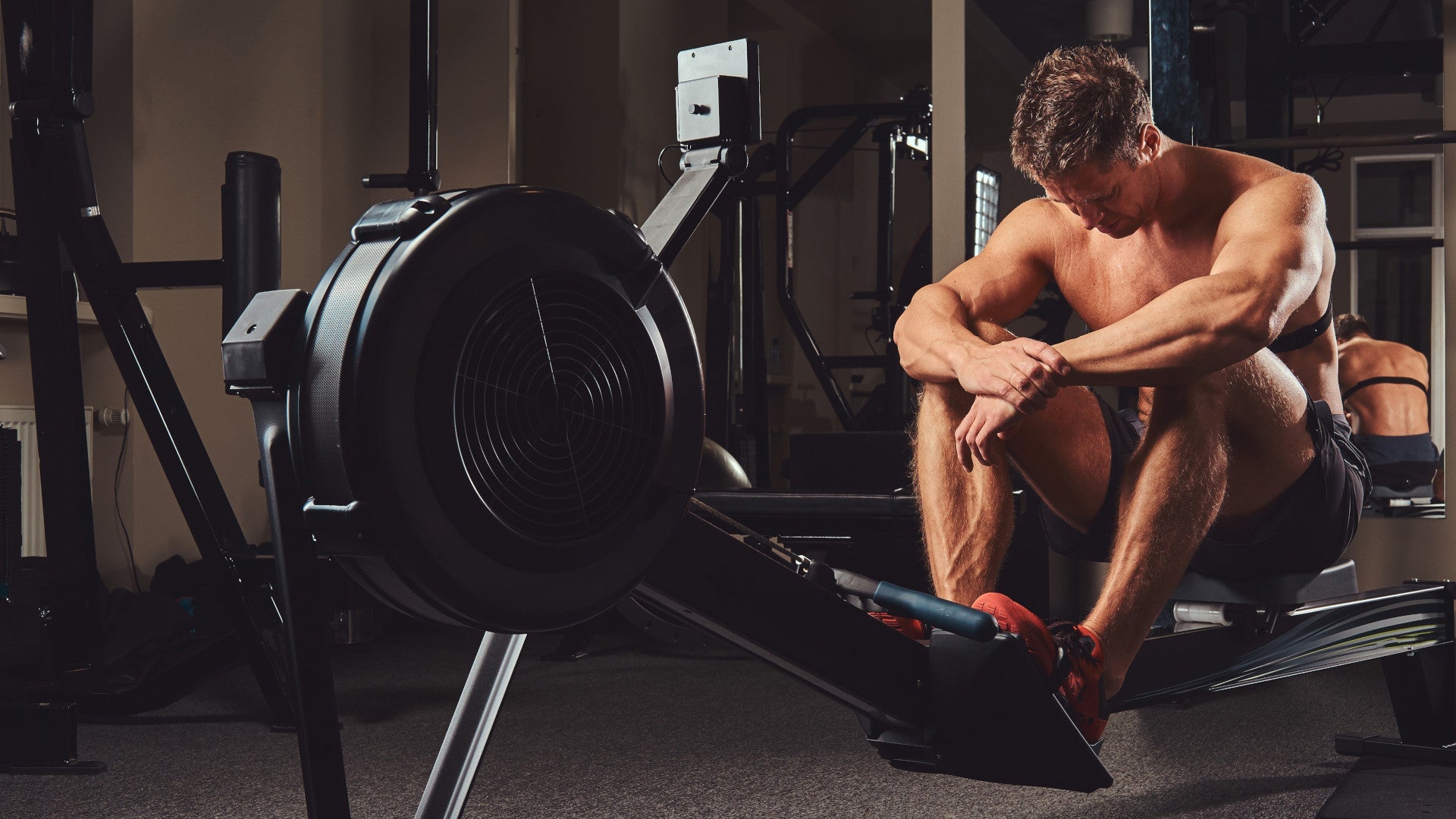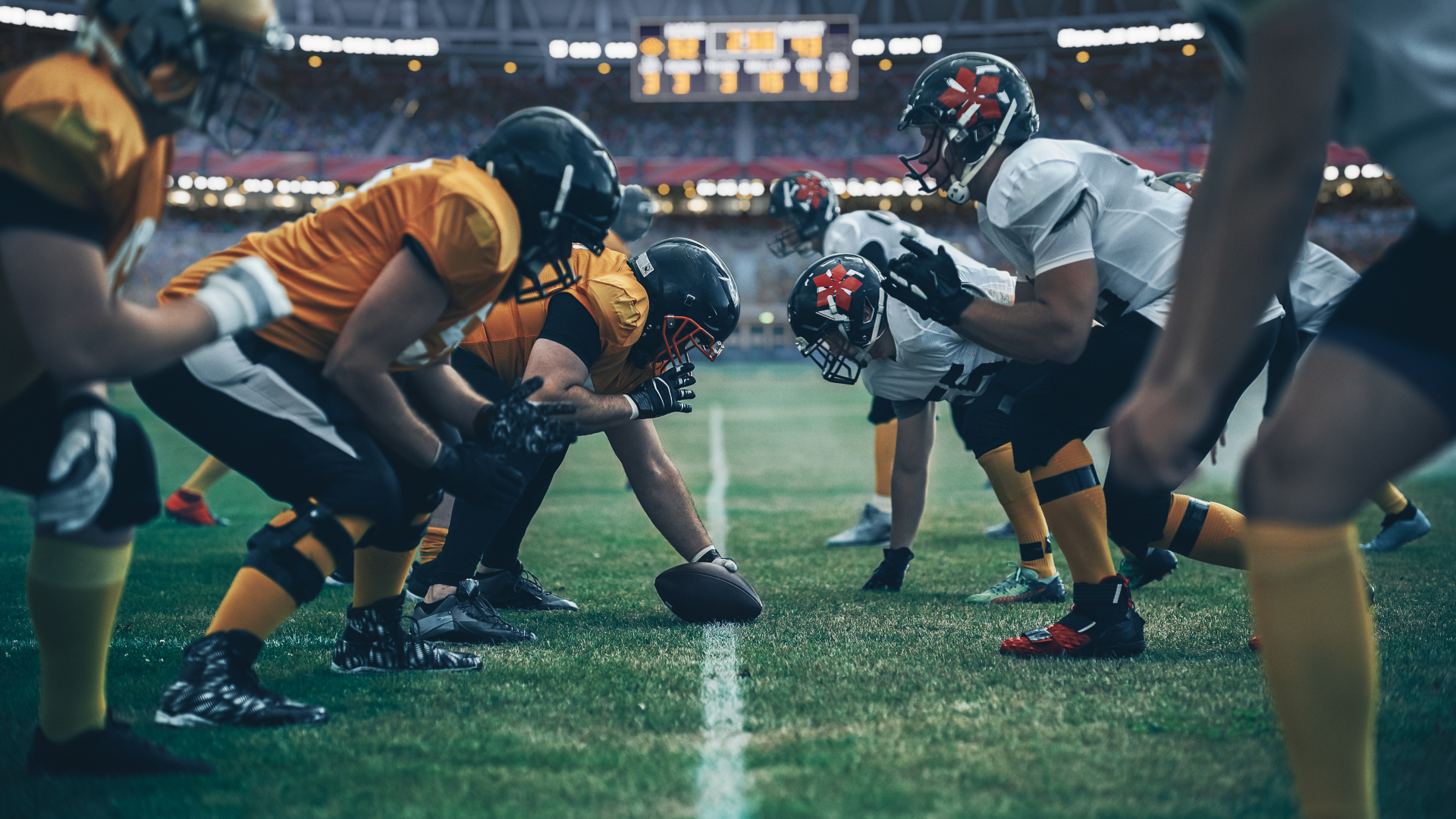If you’ve been lifting weights for any amount of time, you know that muscle fatigue can significantly affect your workouts. It doesn’t matter if you’re young, old, in-shape, or overweight – muscle fatigue doesn’t discriminate.
However, there are several things you can do to prevent muscle fatigue and even reverse it, so you can continue to smash your workouts.
Curious about what is muscle fatigue, what causes muscle fatigue, and what you can do to recover faster, perform better, and get the most out of your training? Let’s take a look.
What is Muscle Fatigue?
What Causes Muscle Fatigue During Exercise?
How to Avoid Muscle Fatigue
How to Recover from Muscle Fatigue After a Workout
What is Muscle Fatigue?
Muscle fatigue is a natural side effect of exercise that can affect any athlete, regardless of training experience.
If you’ve ever left the gym feeling like your limbs were made of Jello, you’ve experienced this phenomenon first hand.
As you train, your muscles begin to tire and gradually lose the ability to operate at capacity while performing repetitive movements. When this occurs, you experience a decreased ability to generate muscular force and power on demand.
Muscle fatigue can show up in a variety of ways, including post-workout soreness, muscle cramps, weakness, muscle twitching, pain, and even shortness of breath. Sound familiar?
If so, don’t ignore these symptoms! Unless you take the appropriate measures to treat fatigue and prevent reoccurrence, the phenomenon can take a serious toll on your training.

What Causes Muscle Fatigue During Exercise?
Curious what causes muscle fatigue during exercise?
A variety of factors contribute to muscle fatigue both during and after workouts. Some factors are natural byproducts of your physiology, while others are related to your lifestyle and exercise habits.
Here are some of the most common culprits behind muscular fatigue:
Insufficient Warm-Up
What does your training routine look like? Do you walk into the gym and immediately start busting out sets?
If so, you’re setting yourself up for substandard performance, fatigue, and injuries. According to a study published in the exercise science journal, Biology of Sport, a proper warm-up not only improves exercise performance, but it also reduces your risk of fatigue-related injury.
Because your warm-up increases blood flow and activates your muscles, it literally warms up your muscle fibers and prepares them to contract. Without a warm-up, you’re asking your unprepared muscles to immediately work under heavy load, which can result in rapid fatigue.
Lactic Acid Buildup
When you physically exert yourself, your muscles produce lactic acid, which your body then converts to lactate. By adding hydrogen ions to lactate, your muscles can use this substance for quick energy – but only to a point.
When your body uses all of the lactate it can handle, it begins storing excess lactate in your muscles, which results in highly acidic conditions within your muscle tissue.
This high level of acidity makes you feel weak, sore, and fatigued. Depending on the severity of lactate buildup, you may even experience muscle cramps or spasms.
Insufficient Nutrition
Whether you realize it or not, what you eat plays a major role in your performance in the gym. You can eat all the protein and complex carbohydrates in the world, but if you’re not getting your daily dose of vitamins and minerals, your training will suffer.
Nutrient deficiency is a common culprit in muscle soreness and fatigue because your body requires specific nutrients for optimal muscle function. This is especially true if you’re regularly putting yourself through rigorous training sessions.
Potassium, magnesium, calcium, iron, and sodium play leading roles in muscular strength, contraction, and endurance. If you’re deficient in any of these nutrients, your muscles may produce less power, fatigue faster, and feel increased soreness after training.
Anaerobic Respiration
For muscles to work properly, they require energy, which typically comes in the form of stored sugar or glucose within your muscle tissue. To convert glucose into energy, your muscles require oxygen.
This process is called aerobic respiration, and it provides the fuel for any type of low-to moderate-intensity exercise you perform.
During high-intensity exercise, however, your body cannot get enough oxygen to your muscles to break down glucose and use it for energy.
Instead, it relies on a process called anaerobic respiration, which breaks down glucose without oxygen.
During anaerobic respiration, your muscles produce substantial lactic acid, and as it accumulates, you experience weakness, fatigue, and muscle pain.

How to Avoid Muscle Fatigue
If you’ve suffered from muscle fatigue, you know just how debilitating it can be. Fortunately, there are several things you can do to prevent the phenomenon from taking a toll on your body and performance.
Practice Proper Warm-Ups
Before you start hitting the weights, make sure you warm up properly. A proper warm-up should be specific to the activity you plan to perform.
For example, if you’re training your lower body, you should perform a warm-up that targets your lower back, glutes, hamstrings, quads, and calves.
Increasing blood flow to these muscle groups helps make them more pliable and prepares them to handle the coming workload.
Research has shown that dynamic, rather than static, stretching is far more effective for increasing power output. When designing your warm-up, you should always incorporate movements and stretches that mimic the exercises you’re about to perform.
Eat According to Your Correct Macronutrient Ratio
As a weightlifter, you’re certainly aware of the importance of protein. But if you’re not paying attention to your carbohydrate and fat intake, you’re setting yourself up for problems.
It’s true — protein is the king of muscle-building nutrients, but carbohydrates are a very close second.
Since your muscles require glycogen to function properly, you need adequate carbohydrates in your diet. Research has found that if you’re a bodybuilder or an avid weightlifter, your daily diet should look something like this:
- Carbohydrates: 55 to 60% of daily calories
- Protein: 25 to 30% of daily calories
- Fat: 15 to 20% of daily calories
So, if you’re eating 2,000 calories per day, here’s a sample breakdown of your caloric intake:
- Carbohydrates: 275 to 300 grams
- Protein: 125 to 150 grams
- Fat: 33 to 44 grams
Practice Proper Meal Timing
What you eat — and when you eat it — can have a significant impact on the level of muscle fatigue you experience. Eating carbohydrates around your workouts will provide your muscles with the sugar-based fuel or glycogen they require to function.
Studies have shown that consuming carbohydrates during your training session can significantly reduce muscle fatigue and increase power output.
If you’re not a fan of anything but water during your training session, consuming a carb-heavy meal about two hours before your workout has a similar effect.
The rest of your meals should be well-timed, too. Consuming quick-digesting protein and carbs immediately after your workout will help refuel and repair your tired muscles. However, protein alone has also demonstrated a positive effect.
Again, make sure you consume the protein right after your workout.
You can space the rest of your meals according to personal preference. Just make sure to hit your recommended carbohydrate, protein, and fat totals for the day.

Stay Hydrated
If you’re not drinking enough water, your gym performance will suffer – period. According to research, dehydration can increase fatigue severity by up to 70%.
To reduce muscle fatigue and boost your performance in the gym, some experts suggest drinking between 80 to 100 ounces of water each day.
If you sweat profusely, you lose a considerable amount of electrolytes that are critical for proper muscle function. To mitigate these losses, consider drinking electrolyte-infused water while you train.
Experts recommend consuming approximately 1.5 liters of water per hour of your workout.
Improve Your Body Mechanics
Don’t be an ego lifter! If you can’t perform a movement with proper form, reduce your load and try again until your form is perfect.
While you’re lifting, pay attention to your movement patterns and keep an eye out for muscular imbalances that compromise your form. If your range of motion is limited, or you feel tension in certain muscle groups, you need to stretch more often.
Regular stretching improves your body mechanics by increasing your range of motion and flexibility. Since improper body mechanics force you to work harder than necessary, your muscles will fatigue more rapidly.
Allow Time for Rest and Recovery
Whether you’re in the middle of a grueling workout, or you’ve just completed one, adequate recovery time is critical.
During your workout, allow enough time between sets to let your muscles fully recover. Training this way allows you to maintain your strength, power, and endurance.
After your workout, always listen to your body. If you feel sore or fatigued, that’s a sign from your body that you haven’t fully recovered yet.
Rather than hitting the weights again, you can speed up your healing time by practicing active recovery, such as low-impact walking, swimming, cycling, or yoga.
Avoid high-intensity exercise until your body is completely rested and recharged.
Use Braces to Prevent Fatigue
Bracing or taping your joints during exercise provides extra support and stability for working muscles and joints, especially those in the knees and lower back.
If you regularly feel your lower back or legs fatigue during your workouts, try wearing a back brace or knee sleeves.
Compressive braces will help improve your form and increase blood flow, which can help keep muscle fatigue at bay. If you’re performing heavy, compound movements like squats or deadlifts, a weightlifting belt can work wonders for your form and performance.

How to Recover from Muscle Fatigue After a Workout
If you’re training intensely, you’ll inevitably experience some level of muscle fatigue after workout.
Here’s how to recover quickly so you can get back to your regularly scheduled training routine.
Rest
Adequate rest after your workouts is the number one way to combat muscle fatigue. It can be tempting to hit up the gym every day in an effort to speed up progress, but doing so will eventually end in burnout.
Every week, take at least one rest day, preferably two. A good rule of thumb is not to train three days in a row. This practice will allow your sore muscles enough time away from the weights to recover.
Getting enough sleep is also important for recovery. Experts recommend at least seven hours of shut-eye per night, although many athletes can benefit from eight or nine.
Cold Treatment
Regularly icing your muscles can promote long-term improvements in muscular performance, according to a study in the Journal of Sport Rehabilitation.
One of the primary culprits behind muscle pain after workouts is inflammation, which cold therapy effectively combats.
To get the benefits of cold therapy, apply ice to sore muscles in 20-minute intervals. Alternatively, short, full-body cryotherapy sessions have also demonstrated positive effects on muscle recovery and performance.
Heat Treatment
Heat dilates blood vessels and increases blood flow to sore, tired muscles. With this increased blood flow, your muscles receive extra oxygen and nutrients, which will help them recover more rapidly.
Also, heat is incredibly relaxing, which gives your fatigued muscles some much-needed rest. Research has found that heat therapy can reduce delayed-onset muscle soreness by up to 47%.
For best results, apply heat immediately after your workout in 20-minute intervals.
Massage
Massage relaxes tense muscles, increases blood flow, lengthens muscle fibers, and decreases pain.
One study in the Journal of Athletic Training found that athletes who received just 10 minutes of massage three hours after training experienced a 30% reduction in muscle soreness.
Another study found that massage significantly reduced muscle tone and stiffness after athletes experienced muscle fatigue.
Foam Rolling
If you’re suffering from delayed-onset muscle soreness or DOMS after a workout, foam rolling can work wonders for your recovery.
A study published in the Journal of Athletic Training found that athletes who practiced foam rolling after intense exercise experienced decreased muscle tenderness. They also improved their performance in subsequent training sessions.
Compression Clothing
Compression garments help your body recover by increasing oxygen and blood flow to your tired muscles. According to researchers, wearing compression clothing after an intense workout can speed up muscle recovery.
This was especially true when athletes focused on the eccentric (lowering) portion of each exercise.
Don’t Let Muscle Fatigue Stop You
Muscle fatigue can be a pain – literally. But you don’t have to let it ruin your workouts! When you approach your training and recovery strategically, you can mitigate muscle fatigue and even improve your performance in the gym.
Adequate rest, proper nutrition, and proven recovery tactics can help your muscles recuperate quickly, so you can achieve the best results possible.
Over 299,434 purchases
Over 509,389 bottles sold
Over 30,563,340 pills taken









